Best TVs under £500 in 2025: cheap 4K TVs in many sizes
The best 4K TVs for under £500 if you're on a budget but still want a great panel

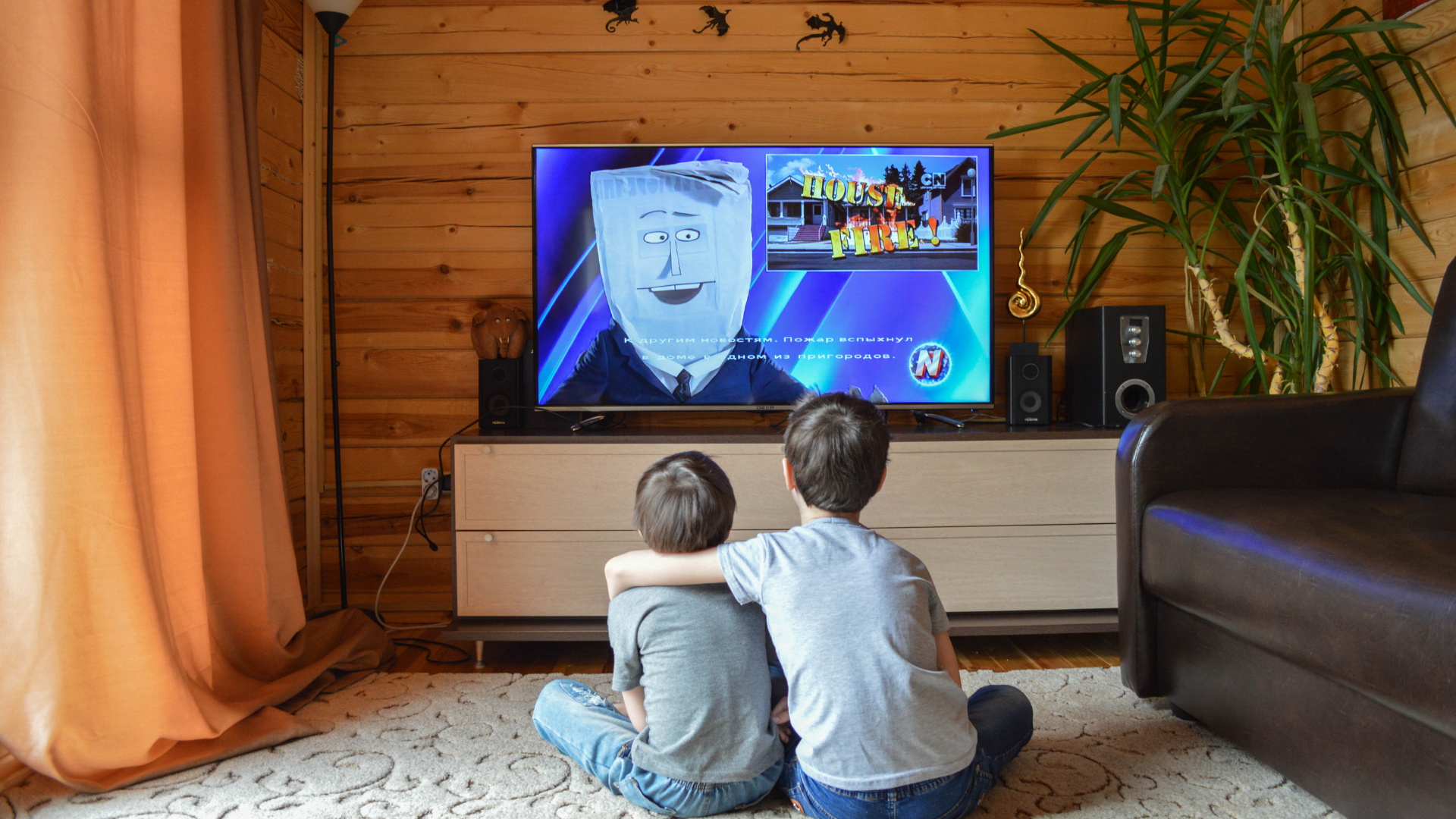
Getting a great TV without breaking the bank is more possible today than it ever has been - great displays are getting cheaper all the time. The best TVs under £500 go above and beyond what you might expect at such a price point. With 4K Ultra-HD resolution being the standard for most TVs these days, the TVs on our list mostly tick that box.
It’s also important to remember that size isn’t always everything. In this list, you’ll find some of the best 55-inch TVs and best 48-inch TVs. However, you could choose to invest the same amount of money into something smaller, but higher quality, such as one of the best 40-inch TVs or best 32-inch TVs – most of which come in at under £500 too.
If you don’t find what you’re looking for here and feel you can stretch your budget a little further, then take a look at the best TVs under £1000, as you might just find your perfect TV waiting there for you there.
Best TVs under £500 you can buy in 2025
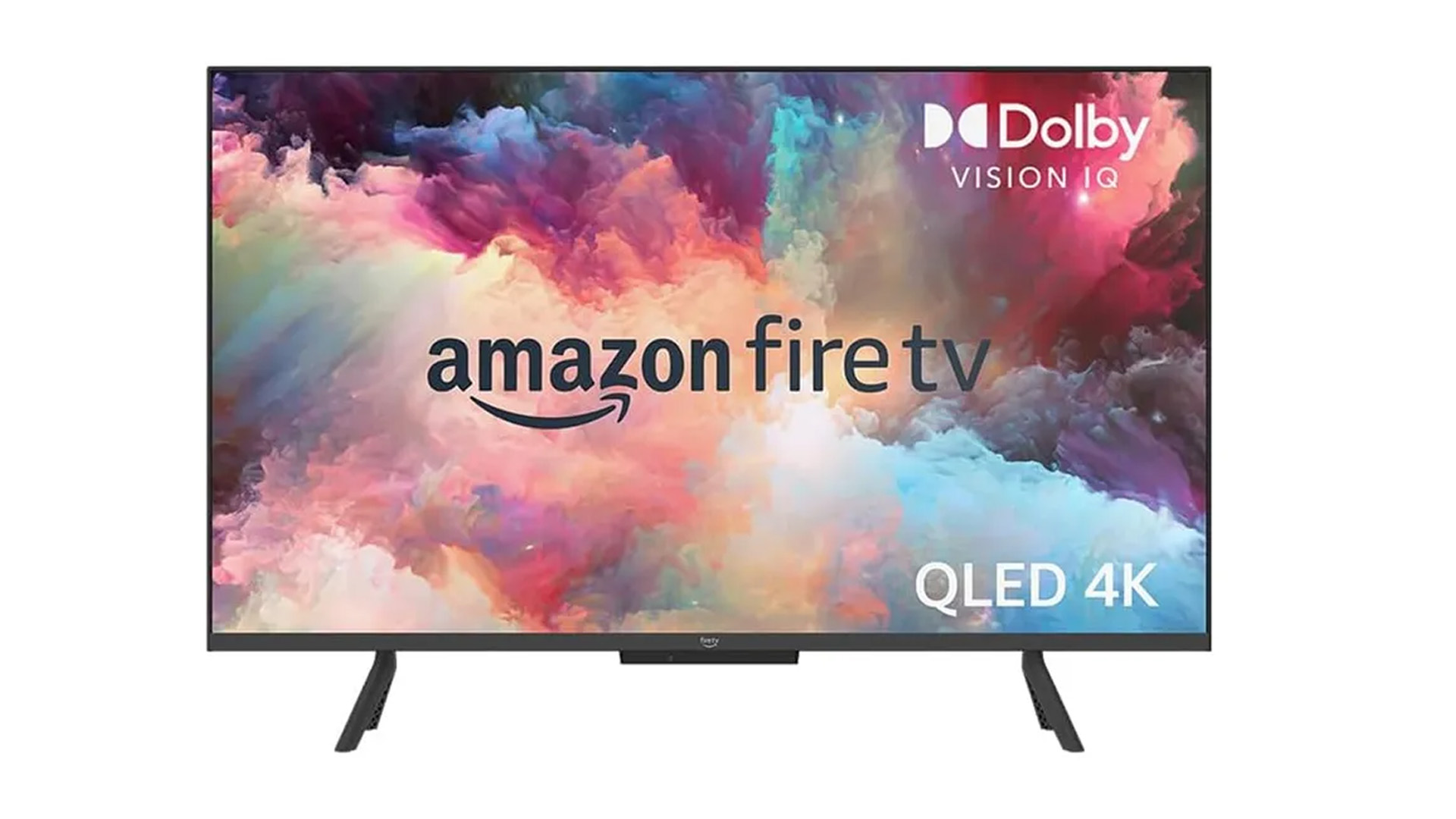
Best for most people
Amazon's own TVs have been making huge strides in recent years, and this 50-inch QLED display is a great example of the value they can offer. It boasts really excellent picture quality and vibrancy, and has all the convenience of the Fire TV experience baked in. It comes in just under £500, too, making it our top pick.
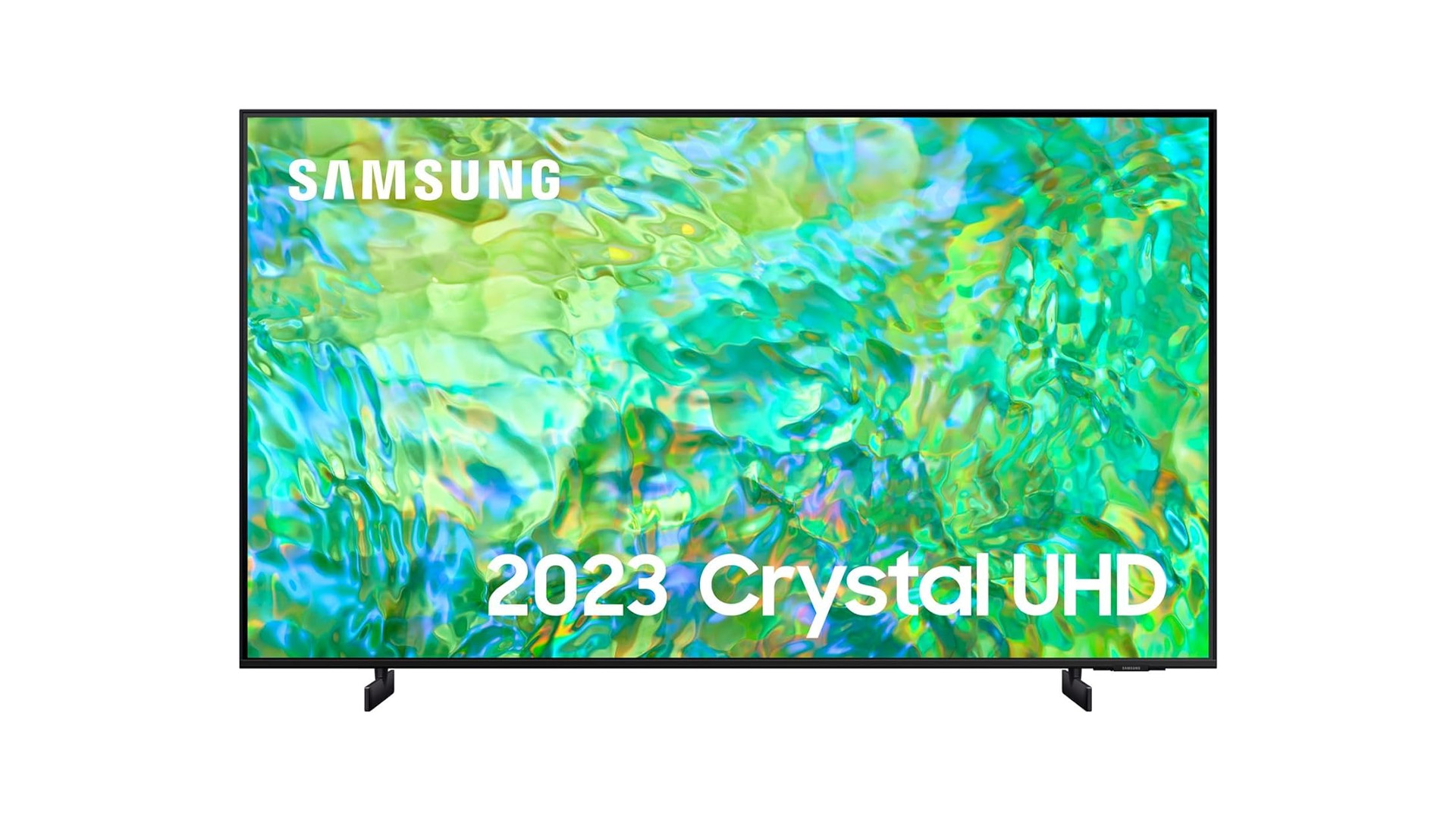
Best mid-range TV
Samsung's Crystal UHD screens are a really excellent substitute for more expensive options like OLED, delivering hugely impressive colours and pin-sharp details at 4K. The CU8000 is a really excellent mid-range TV that also comes in well under £500, and runs Amazon's TV very close indeed.
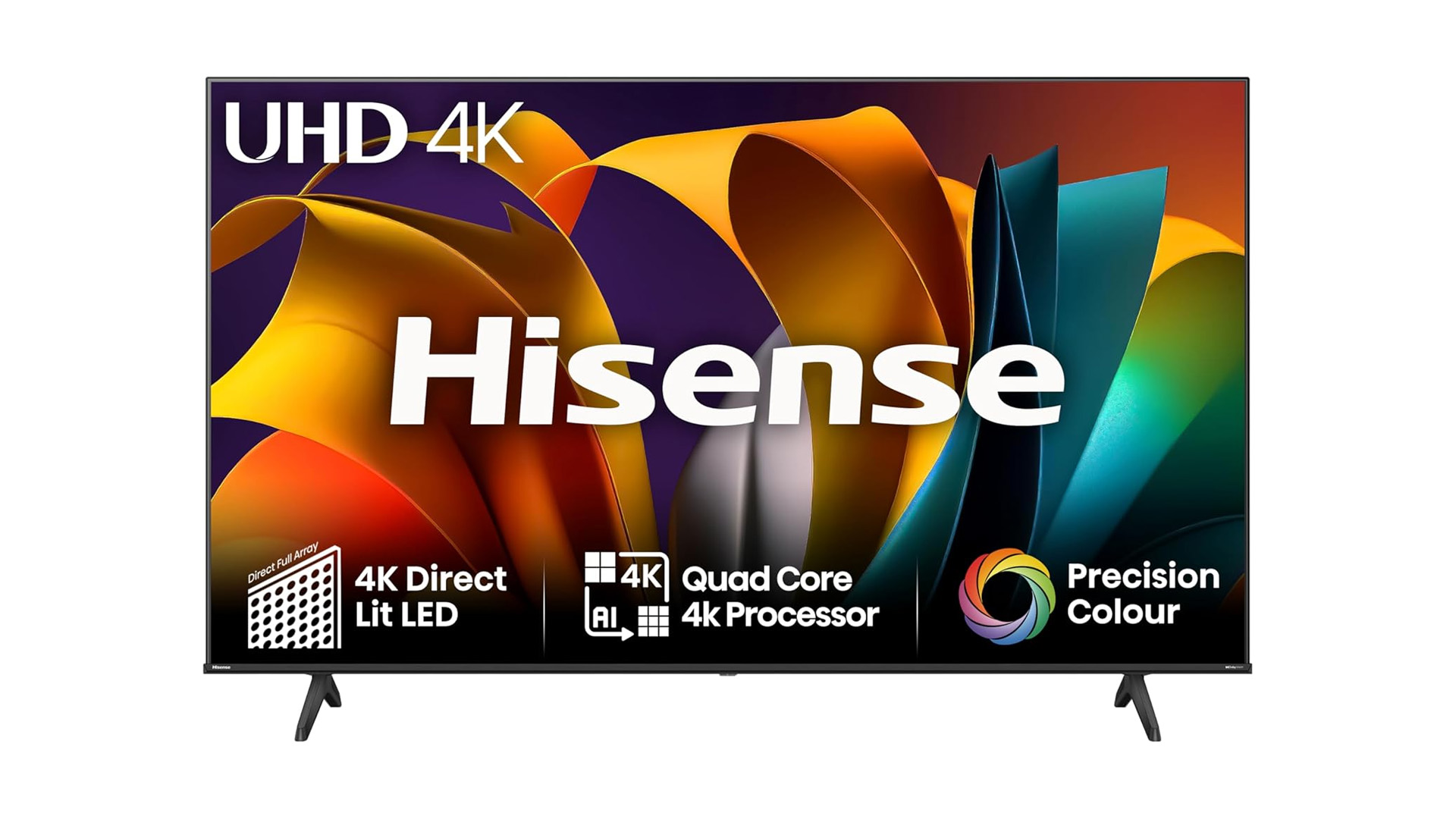
Best for value
If you're looking to spend quite a chunk less than £500 in an ideal world, Hisense is on hand to provide a really impressive lower-priced option in the form of the 55A6TNUK. It has solid picture quality and great colour (albeit with slightly weak viewing angles). Go for a smaller screen size and you'll save even more.
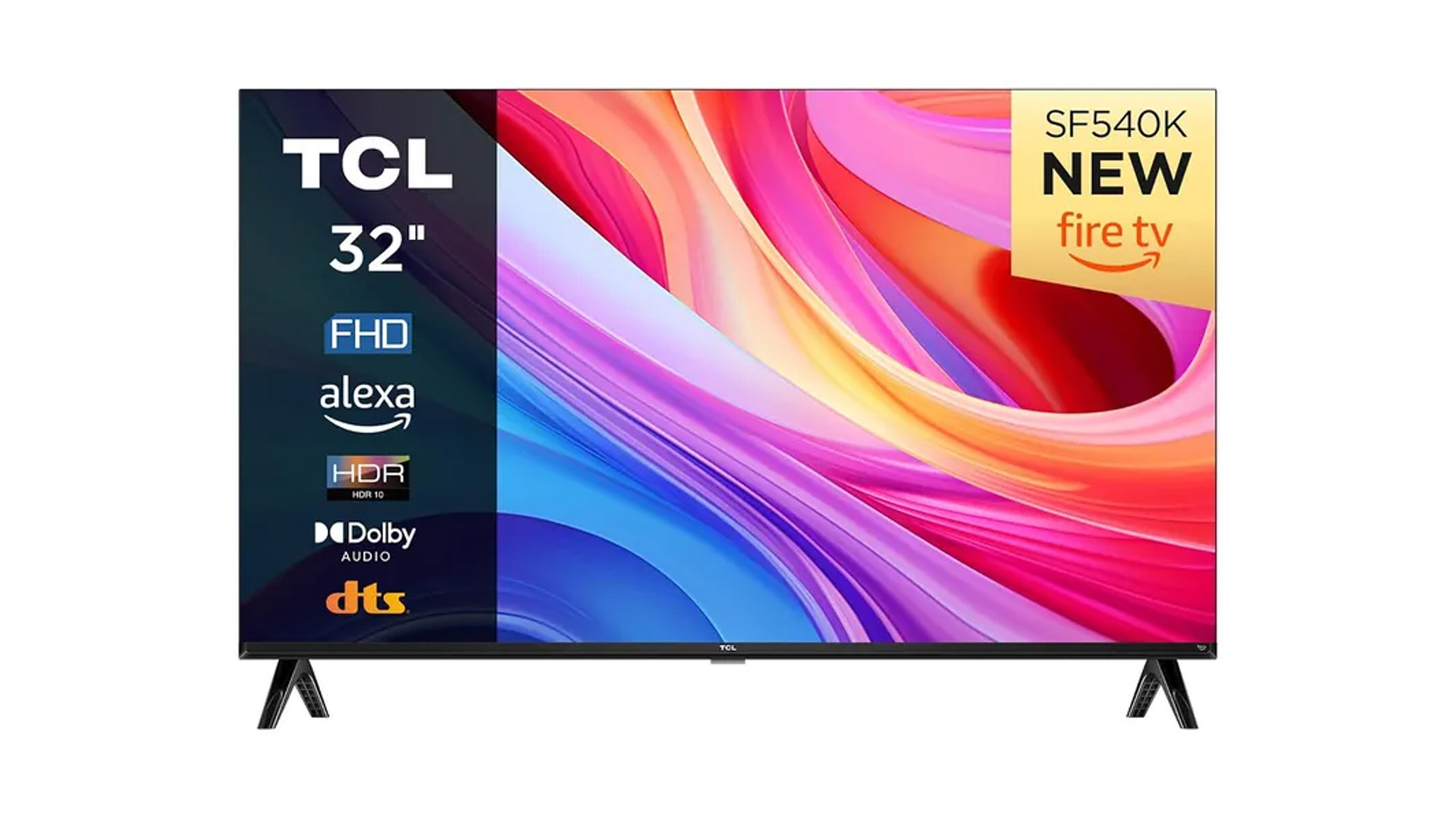
Best affordable 32-inch
Some of us aren't looking for the biggest TV we can reasonably afford - a 32-inch display can still be perfect in many cases for smaller rooms or countertops. This TCL TV is really creditable to fill that void, and it too has Fire TV integration to make its user interface simple and satisfying. You won't find many better TVs at this size, which is getting all the more rare.
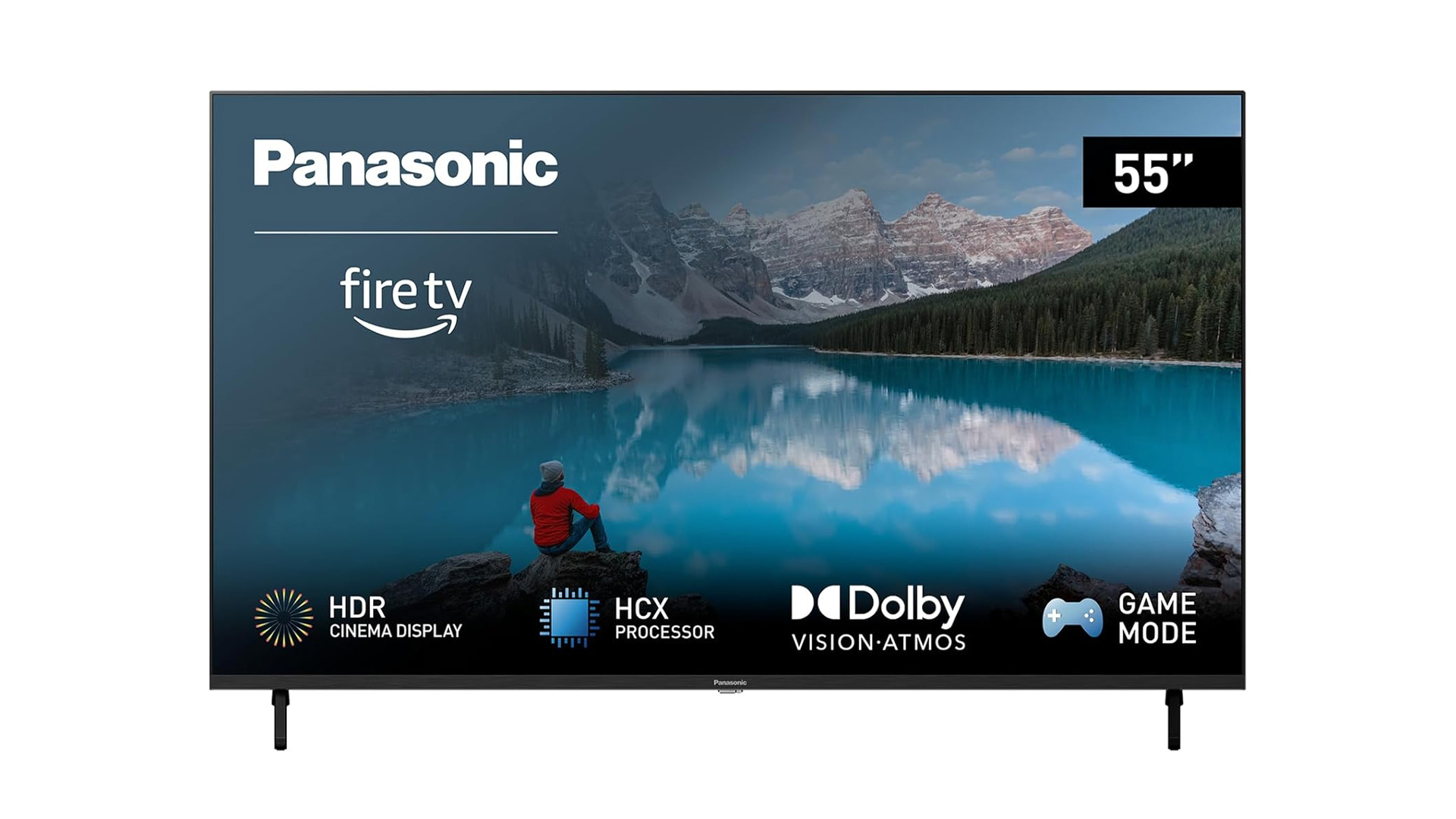
Best for gamers
With a built-in game mode that reduces input lag, and a host of other welcome features including Dolby Vision and Atmos compatibility, Panasonic's TV might be a couple of years old now, but it represents good value at under £500 even for the 65-inch version right now. This is a canny buy, although it's only a standard LED panel.
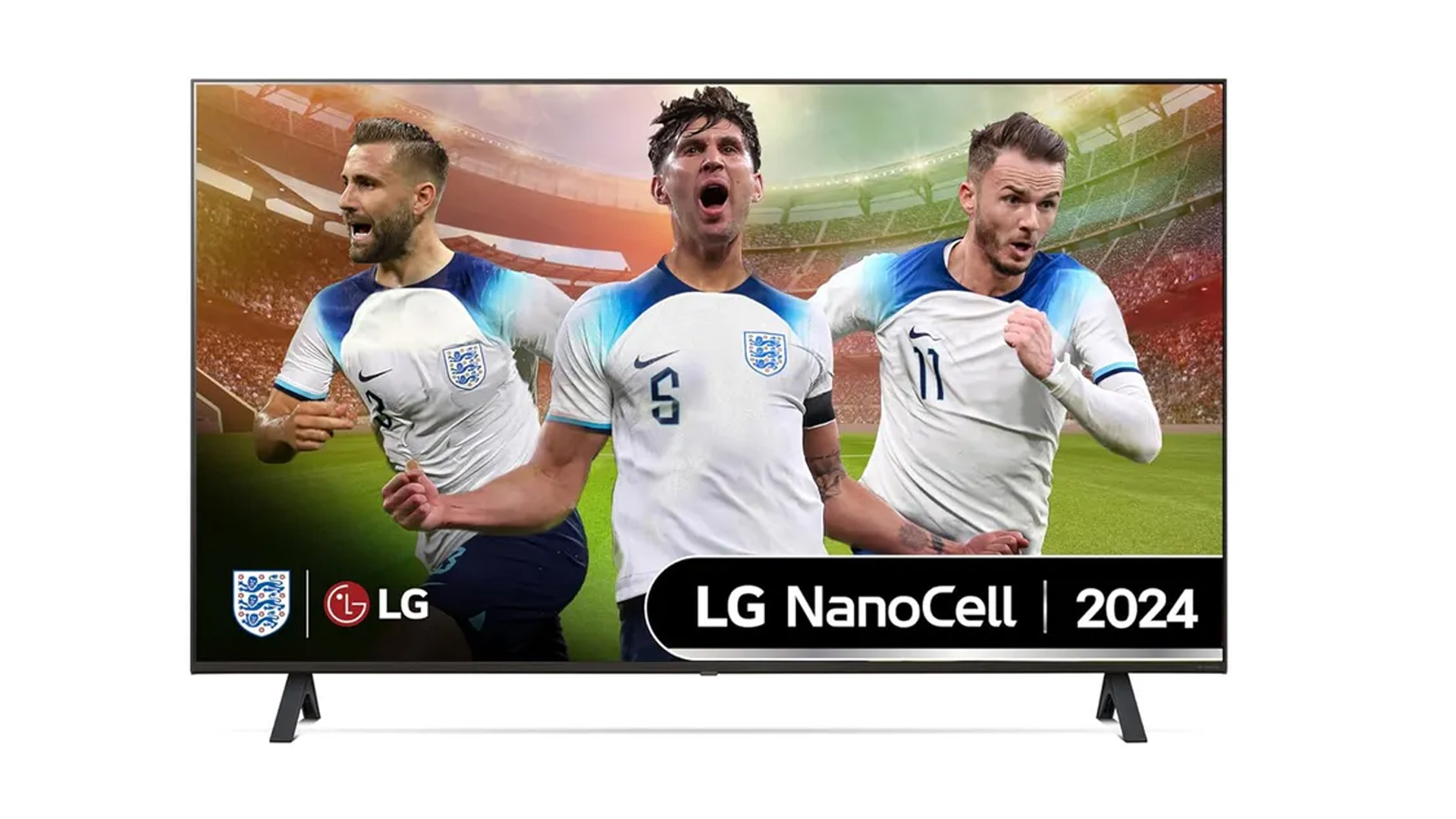
Best for colour
LG is one of the most reliable brands in the TV world, but it's also a pricy one - although its NanoCell lineup lowers the barrier to entry. This 43-inch TV is pretty impressive, with great colour accuracy and LG's typically slick user interface. Apple AirPlay 2 and Chromecast being on board make it convenient to stream from other devices, too.
Our tips for buying a cheap 4K TV
So what should you look for when buying a cheap 4K telly, and what compromises can you expect to make? You can read about how we test here.
Screen sizes obviously vary dramatically, depending on brand and price. A growing number of manufacturers are now pushing out smaller (40-43-inch) 4K panels to meet booming demand.
All TVs worth their salt are net connected, via Wi-Fi or ethernet, so check whether they support all the streaming and catch-up services you want them too. But bear in mind that just because a set doesn't include everything, that doesn't have to be a deal-breaker – the best media streamers include a huge range of services, and cost from only around £40, so if you're making a big saving on the TV, you still won't break the bank.
It’s also worth double checking that your shortlisted set has enough HDMI ports for your games consoles, Blu-ray player, set-top box and maybe that extra streamer if it's – this is an area where compromises are often made to get the retail price down.
Freeview Play is a handy bonus as it serves as both your programme guide looking forward and also lets you seamlessly delve into catch-up TV that you might have missed, without needing to load up separate apps.
HDR (high dynamic range) compatibility is a bonus, although these entry-level sets typically won’t be bright enough to dazzle with spectral highlights in the same way an 800-nit OLED panel will.
Another element that is usually majorly skimped on with cheaper TVs is the audio. So if you've got a few quid left over, consider buying one of the best soundbar or soundbases we've tried.
How we test TVs at T3
Testing a TV can only really be done one way – using it. When we have a TV to review at T3, one of our team will use it for a good period of time to see how it holds up to different uses. After all, light conditions, types of media and more can all affect how a TV performs, and you won't test all of that in a day.
We're judging a lot of things when we put a TV through its paces, including probably the most important criterion: picture quality. Whether it's a top-end OLED or miniLED display, or a QLED or LED mid-ranger, we'll check on colour accuracy, sharpness and motion to see how the TV performs.
While most TV experts would recommend an external sound system or soundbar to go with any great display, we'll also pay attention to the native sound quality that a TV's speakers offer. Plus, we'll take into account how easy it is to use, since unintuitive menus can be a constant annoyance if they're bad.
Taking all of these factors and more into account, we're left able to contextualise how a TV performs, not just on its own merits but also compared to the wider market. That's how we judge the score it gets awarded, with the very best options earning a lucrative T3 5-star badge to show they're a telly of rare quality.
Get all the latest news, reviews, deals and buying guides on gorgeous tech, home and active products from the T3 experts

Max is T3's Staff Writer for the Tech section – with years of experience reporting on tech and entertainment. He's also a gaming expert, both with the games themselves and in testing accessories and consoles, having previously flexed that expertise at Pocket-lint as a features editor.